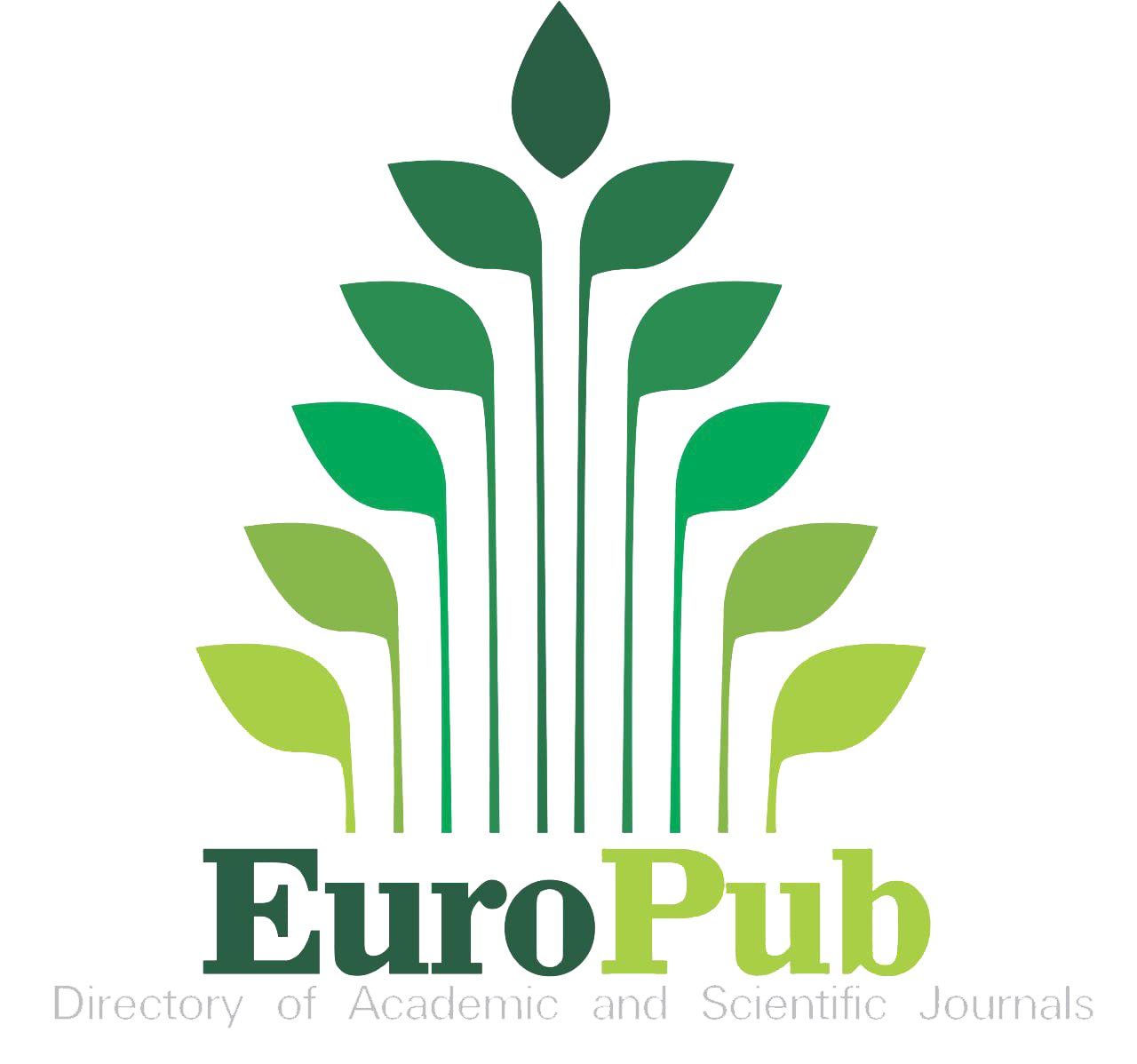Abstract
Lipid nanoparticles (LNP) are the most well-studied first approved nanomedicine for drug delivery of therapeutic and vaccine formulation products. However, their nature is under constant investigation especially their liquid crystal state which leads to their complex biological behavior. LNPs are generally regarded as safe (GRAS) and suitable for ameliorating the toxicity and/or improving the pharmacokinetics of newly approved biomaterials with promising functionality and effects. During the past decade, many promising theranostic applications for LNPs have emerged resulting in huge potential for them in this field. Although there is progress in theranostic application, the gap between the bench and clinical application is undeniable, and that must be addressed to exploit the benefits of these nanomedicines for society.
Recommended Citation
wannas, ali; Obayes, Sarah K.; Sharba, Zahraa Fathi; and Ghaleb, Rana A.
(2023)
"Lipid nanoparticles as theranostic vesicle,"
Maaen Journal for Medical Sciences: Vol. 2
:
Iss.
1
, Article 7.
Available at: https://doi.org/10.55810/2789-9136.1018
References
- Haider N, Fatima S, Taha M, Rizwanullah, Firdous J, Ahmad R, et al. Nanomedicines in diagnosis and treatment of cancer: an update. Curr Pharmaceut Des 2020;26:1216e31.
- Lymperopoulos G, Lymperopoulos P, Alikari V, Dafogianni C, Zyga S, Margari N. Application of theranostics in oncology. In: GeNeDis 2016, 989. Cham, Switzerland: Springer; 2017. p. 119e28.
- Jo SD, Ku SH, Won Y-Y, Kim SH, Kwon IC. Targeted nanotheranostics for future personalized medicine: recent progress in cancer therapy. Theranostics 2016;6:1362e77.
- Zhou J, Rao L, Yu G, Cook TR, Chen X, Huang F. Supramolecular cancer nanotheranostics. Chem Soc Rev 2021;50: 2839e91.
- Siafaka PI, Okur NÜ, Karantas ID, Okur ME, Gündŏgdu EA. Current update on nanoplatforms as therapeutic and diagnostic tools: a review for the materials used as nanotheranostics and imaging modalities. Asian J Pharmaceut Health Sci 2021;16:24e46.
- NeubiGMN, Opoku-Damoah Y,Gu X,Han Y, Zhou J, Ding Y. Bio-inspired drug delivery systems: an emerging platform for targeted cancer therapy. Biomater Sci 2018;6:958e73.
- Tsakiri M, Naziris N, Demetzos C. Innovative vaccine platforms against infectious diseases: under the scope of the COVID-19 pandemic. Int J Pharm 2021;610:121212.
- Tenchov R, Bird R, Curtze AE, Zhou Q. Lipid nanoparticles— from liposomes to mRNA vaccine delivery, a landscape of research diversity and advancement. ACS Nano 2021 Jun 28; 15(11):16982e7015.
- Naziris N, Pippa N, Pispas S, Demetzos C. Stimuli-responsive drug delivery nanosystems: from bench to clinic. Curr.Nanomed. 2016;6:166e85.
- Siram K, Rahman SH, Balakumar K, Duganath N, Chandrasekar R, Hariprasad R. Pharmaceutical nanotechnology: brief perspective on lipid drug delivery and its current scenario. In: Biomedical applications of nanoparticles. Amsterdam, The Netherlands: Elsevier; 2019. p. 91e115.
- Mu L-M, Ju R-J, Liu R, Bu Y-Z, Zhang J-Y, Li X-Q, et al. Dual-functional drug liposomes in treatment of resistant cancers. Adv Drug Deliv Rev 2017;115:46e56.
- Xing H, Hwang K, Lu Y. Recent developments of liposomes as nanocarriers for theranostic applications. Theranostics 2016;6:1336e52.
- Lee W, Im H-J. Theranostics based on liposome: looking back and forward. Nucl. Med. Mol. Imaging 2019;53:242e6.
- Bangal M, Ashtaputre S, Marathe S, Ethiraj A, Hebalkar N, Gosavi SW, et al. Semiconductor nanoparticles. Hyperfine Interact 2005;160:81e94.
- Seleci M, Scheper T, Stahl F, Seleci DA. Theranostic liposomeenanoparticle hybrids for drug delivery and bioimaging. Int J Mol Sci 2017;18:1415.
- Bukhari S, Imam S, Ahmad M, Vuddanda P, Alshehri S, Mahdi W, et al. Recent progress in lipid nanoparticles for cancer theranostics: opportunity and challenges. Pharmaceutics 2021;13:840.
- Skupin-Mrugalska P, Sobotta L, Warowicka A, Wereszczynska B, Zalewski T, Gierlich P, et al. Theranostic liposomes as a bimodal carrier for magnetic resonance imaging contrast agent and photosensitizer. J Inorg Biochem 2018;180:1e14.
- Gunaydin G, Gedik ME, Ayan S. Photodynamic therapydcurrent limitations and novel approaches. Front Chem 2021;9:691697.
- Dong Q, Wang X, Hu X, Xiao L, Zhang L, Song L, et al. Simultaneous application of photothermal therapy and an anti-inflammatory prodrug using pyrene-aspirin-loaded gold nanorod graphitic nanocapsules. Angew Chem Int Ed 2017;57:177e81.
- Panikar SS, Ramírez-García G, Banu N, Vallejo-Cardona AA, Lugo L-F, Camacho-Villegas TA, et al. Ligand-targeted Theranostic Liposomes combining Methylene Blue attached Upconversion nanoparticles for NIR activated Bioimaging and Photodynamic therapy against HER-2 positive breast cancer. J Lumin 2021;237:118143.
- Luk BT, Zhang L. Cell membrane-camouflaged nanoparticles for drug delivery. J Contr Release 2015;220: 600e7.
- Gao W, Zhang L. Coating nanoparticles with cell membranes for targeted drug delivery. J Drug Target 2015;23:619e26.
- Li S, Cheng H, Xie B-R, Qiu W-X, Zeng J-Y, Li C-X, et al. Cancer cell membrane camouflaged cascade bioreactor for cancer targeted starvation and photodynamic therapy. ACS Nano 2017;11:7006e18.
- Chen Z, Zhao P, Luo Z, Zheng M, Tian H, Gong P, et al. Cancer cell membraneebiomimetic nanoparticles for homologous- targeting dual-modal imaging and photothermal therapy. ACS Nano 2016;10:10049e57.
- Klein K, Stolk P, De Bruin ML, Leufkens H, Crommelin D, De Vlieger J. The EU regulatory landscape of non-biological complex drugs (NBCDs) follow-on products: observations and recommendations. Eur J Pharmaceut Sci 2019;133:228e35.
- Tinkle S, McNeil SE, Mühlebach S, Bawa R, Borchard G, Barenholz Y, et al. Nanomedicines: addressing the scientific and regulatory gap. Ann N Y Acad Sci 2014;1313:35e56.
















Indexed in: